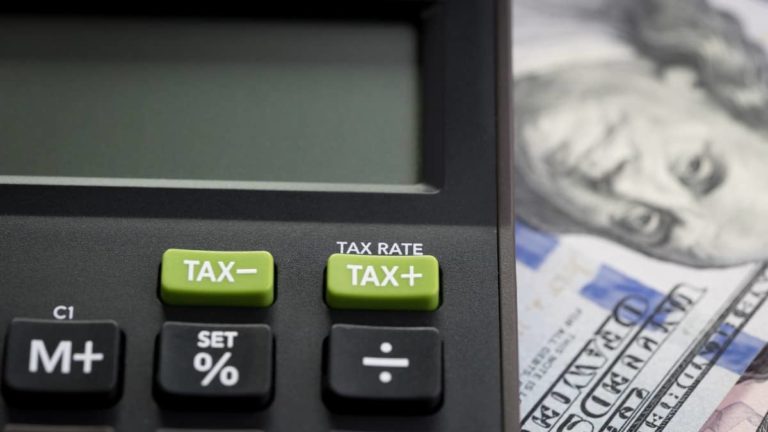When it comes to business expenses, there are two different types of costs: fixed costs and variable costs. It’s important to know the difference between fixed and variable costs. But, how do you know what expenses are fixed costs, and what are variable costs?
You classify an expense by whether it is affected by a change in sales. Some expenses are affected by a rise or fall in sales, while other expenses do not change. You record both types of expenses in your accounting books.
Fixed costs stay the same from month to month. Fixed costs do not fluctuate with sales. Fixed costs do not correspond with the number of products you produce or services you perform.
What are variable costs?
Variable costs are the opposite of fixed costs. Unlike fixed costs, variable costs change from month to month. Variable costs fluctuate because they are affected by sales. Your variable costs increase when sales are high and decrease when sales are low.
Variable cost examples
Variable costs examples include:
- Direct materials: The more direct materials you buy, the more you pay for direct materials.
- Direct labor: The more business you do, the more hours your employees work.
- Commissions: The more your commissioned employees sell, the more you pay out in commissions.
- Credit card fees: The more that customers pay with credit cards, the higher your credit card processing fees are.
- Shipping and packaging: The more goods you ship, the more you pay for shipping and packaging.
As a small business owner, you should know your total variable costs. To find your total variable expenses, multiply the total products or services you sell by the variable cost per unit.
Variable cost formula
Use this formula to find the total variable costs:
Total variable costs = total number of a product or service sold X variable cost per unit
Let’s say you own a business that sells T-shirts. You sell 800 T-shirts per month. The cost per unit, or the cost to you for each T-shirt, is $10. Your total variable costs are $8,000 (800 X $10).
Variable costs and sales
If your business’s sales increase, the variable costs will increase. If your business’s sales decrease, your variable costs will decrease.
Rising variable costs are not always bad news for your business. When sales rise, you need to make more products or prepare to perform more services. The amount you spend on variable costs increases. But, the rise in sales also brings more revenue into your business.
As revenue increases, so do the variable costs. But, your revenue should increase faster than your expenses. If your variable costs rise faster than your revenue, you won’t make a profit.
For example, last month, your variable costs were $3,000 and your revenue was $5,000.
This month, variable costs double, but the revenue only increases by 10%. The variable costs are $6,000, while revenue is $5,500. Because the variable costs increase faster than revenue, you lose money.
Variable contribution margin
The variable contribution margin is the difference between revenue and variable costs. You can find the variable contribution margin with these three steps:
Step 1: Find the price of the product or service, or the amount the item sells for at your business.
Step 2: Determine the variable costs for the product or service. Variable costs change with your sales, including direct materials, direct labor, and shipping expenses.
Step 3: Subtract the variable costs from the price. The variable contribution margin is the solution to this calculation (price – variable costs).
For example, a pizza shop’s most popular item is the pepperoni pizza. The price of a pepperoni pizza is $15. To make and package each pizza, it costs the shop owner $5.50. The variable contribution margin for a pepperoni pizza is $9.50 ($15 – $5.50).
You can use the variable contribution margin to see how much money you have left to pay fixed costs. Then, you can compare the total fixed costs to the variable contribution margin. If the fixed costs are lower than the variable contribution margin, you can see how much net profit you made.
If you are just starting a business, you can find the variable contribution margin using cash flow projections. The variable contribution margin can help you with estimating startup costs.
Do you need an easy way to track your business’s expenses? Patriot’s online small business accounting software makes it easy. And, we offer free USA-based support. Sign up for your free trial today.
This article is updated from its original publication date of July 7, 2016.
This is not intended as legal advice; for more information, please click here.





